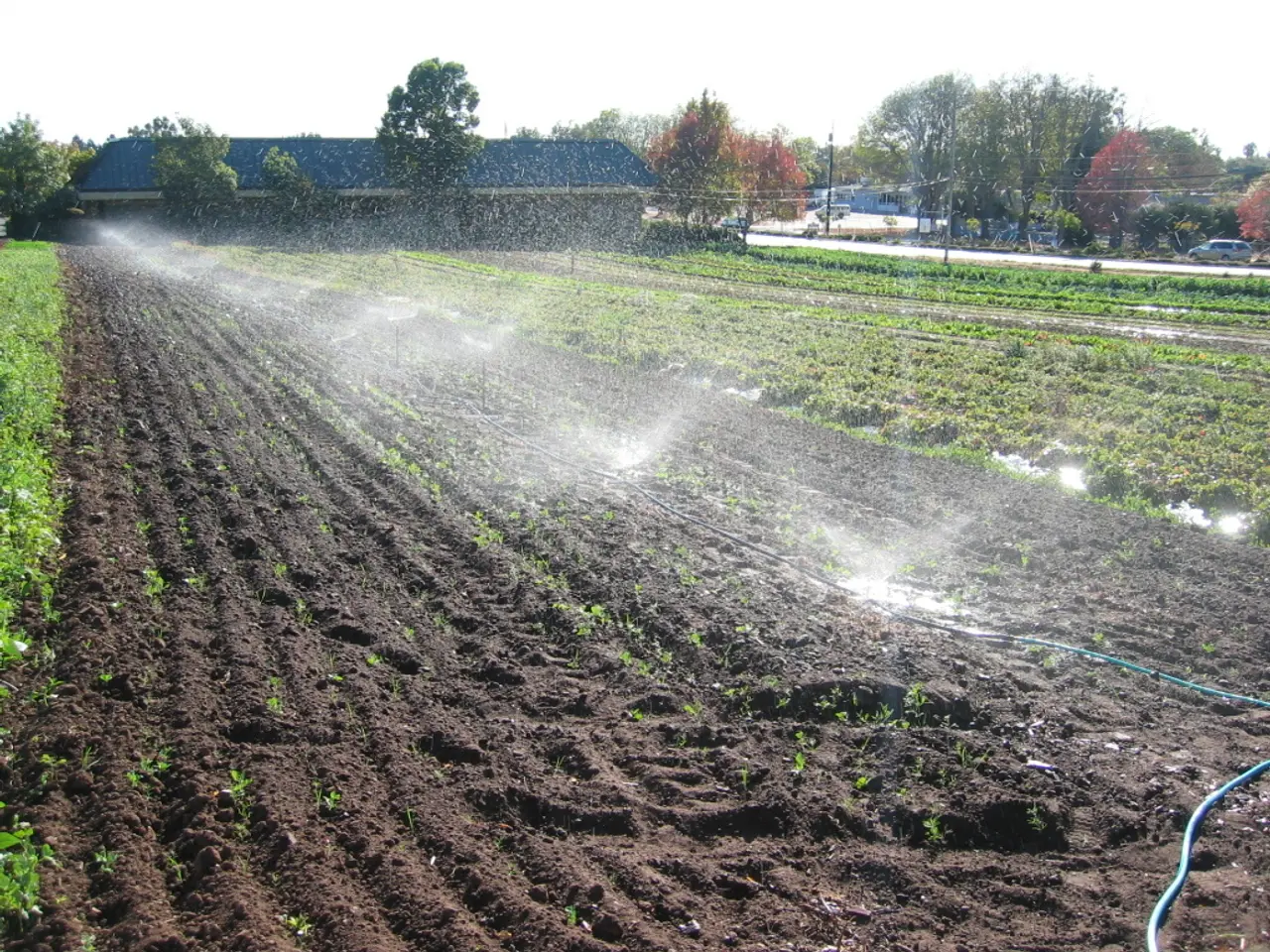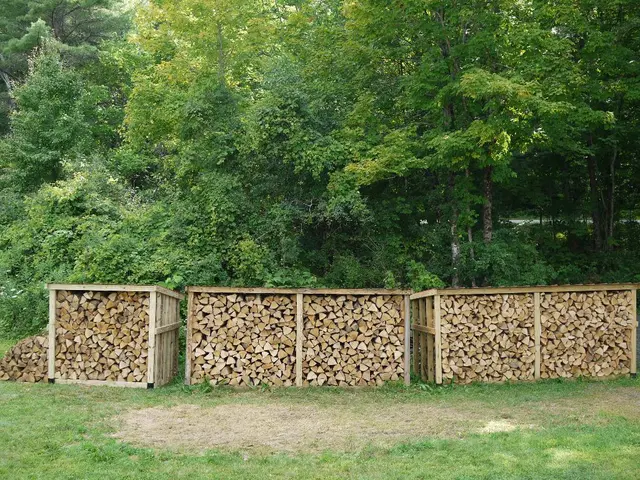Maintaining irrigation systems without hindrances: strategies for smooth operation
In the quest to keep your garden green and thriving, a well-maintained irrigation system is essential. Here's a comprehensive guide to the key practices that will help you maintain, extend the lifespan of, and improve the efficiency of your irrigation system.
Regular Inspection and Cleaning
Periodic checks of valve components, sprinkler heads, and emitters are crucial to detect minor issues before they escalate. Regularly remove dirt, sediment, and mineral deposits from heads and valves to prevent clogging and ensure steady water flow.
Establish a Scheduled Maintenance Routine
Create a proactive maintenance schedule with regular checks (monthly or bi-monthly) for leaks, misaligned sprinklers, and electrical connections in controllers and solenoids. Replace corroded wiring promptly to maintain controller function.
Adjust Water Pressure Properly
Use pressure regulators or booster pumps to keep the system operating within the ideal water pressure range. This prevents damage caused by excessive pressure and improves uniform water distribution.
Optimize Irrigation Timing
Water early in the morning or late in the evening to minimize evaporation losses and promote water use efficiency. Adjust watering frequency seasonally to align with changing weather and plant needs.
Leverage Smart Technologies
Incorporate smart irrigation controllers, rain sensors, or soil moisture sensors. These adjust watering schedules automatically based on real-time conditions, reducing water waste while maintaining plant health.
Target Root Zones
Ensure sprinklers or drip emitters deliver water directly to plant roots instead of foliage to avoid disease and fungal issues.
Address Repairs Promptly
When any issues like leaks, pooling water, dry spots, or brown patches arise, schedule immediate repairs to prevent landscape damage, water waste, and higher repair costs.
Seasonal Maintenance and Winterization
Conduct spring startups, mid-season tune-ups, and winterization to maintain system integrity year-round, especially in regions with seasonal weather variations.
By implementing these practices, you not only reduce downtime but also conserve water, decrease operational costs, and prolong the lifespan of your irrigation system. Regular maintenance also helps to detect signs of leaks, clogging, or faulty solenoids, ensuring an efficient irrigation system that delivers even water distribution.
Remember, a small defect in an irrigation system can become a major problem if not detected early. Regular maintenance checks, cleaning, and repairs are crucial for preventing disruptions. Unusual flooding or dry patches in the garden are clear signs of a problem, as is unusual pressure in the irrigation system, which can indicate leaks, clogging, or faulty solenoids.
Investing in a system with quality components will also contribute to its longevity and resistance to environmental influences. Regular maintenance, timely repairs, and the use of smart technologies will help you conserve water, reduce operational costs, and enjoy a lush, healthy garden all year round.
[1] Irrigation Association [2] EPA WaterSense [3] University of California Agriculture and Natural Resources [4] National Irrigation Association
What about incorporating smart technologies such as smart irrigation controllers, rain sensors, or soil moisture sensors into your home-and-garden lifestyle to enhance the efficiency of your home-improvement project? Regular inspection and cleaning of your irrigation system's valve components, sprinkler heads, and emitters are essential to uphold a healthy, green home-and-garden lifestyle.




